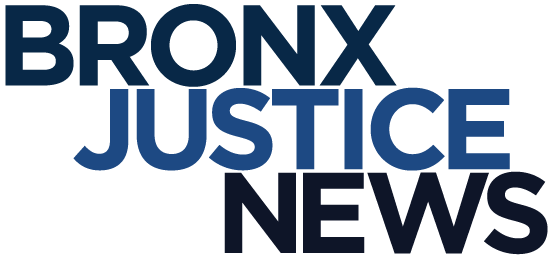
By Kevin Deutsch and Sasha Gonzales
[email protected] , [email protected]
Mayor Bill de Blasio sent a letter to White House trade advisor Peter Navarro Sunday requesting 110,000 COVID-19 test kits, more than a million protective gowns for health care workers, and 134,000 protective face shields, as the Bronx reels from coronavirus deaths.
“New York City is staring down a critical shortage of supplies for our hospitals and frontline health care staff,” de Blasio said in his letter to Navarro, director of the influential Office of Trade and Manufacturing Policy, and the White House’s coordinator for implementing the Defense Production Act.
De Blasio said he also spoke by phone with President Donald Trump about the city’s needs Sunday.
“We need immediate action from the federal government to fulfill these needs,” the mayor said.
“Without these critical supplies, we will be unable to protect our frontline health care workers as they continue to fight this deadly virus,” the mayor said in his letter to Navarro, an economist and former political candidate who Trump has put in charge of marshalling national production of COVID-19 supplies. “New York City needs your immediate help.”
De Blasio previously demanded the city receive more coronavirus testing kits from the feds in order to help virus-ravaged communities of color, after Bronx Justice News revealed acute testing shortages and rationing across the borough.
De Blasio, who has faced criticism from residents for a lack of testing in the Bronx, said he hoped a new “community testing” program focused on communities of color could begin by week’s end. But, he stressed, that timeline is contingent upon the feds shipping the city a large amount of kits, and doing so quickly.
“The federal government really needs to step up,” said the mayor, who has spoken with President Donald Trump several times during the crisis. “We have not gotten the help we need on testing. Here’s a chance to get it right.”
The community testing sites are slated to operate in Morrisania, East New York, Harlem, Jamaica, and Clifton, de Blasio said. But no addresses have been announced.
The planned sites will be operated by the city, with the Morrisania site operated by NYC Health + Hospitals/Gotham Health and “available by appointment only, with a priority for those who are over the age of 65 with symptoms and preconditions that put them at risk for serious illness,” a mayoral spokesman said.
Amid the citywide test shortage, the city’s poorest residents have been left largely without access. Currently, there is no COVID-19 testing facility in the South Bronx—America’s most impoverished congressional district per capita, and a community with some of the highest coronavirus death rates in the city
City Department of Health data shows Bronx residents are dying at nearly twice the rate of other city residents infected with coronavirus.
As of April 2, residents of the borough accounted for one in four coronavirus hospitalizations citywide, an analysis by the nonprofit publication The Cityshowed, and were dying at three times the rate of infected Manhattan residents.
The borough has the highest coronavirus transmission rate in the city, data shows
The dearth of key supplies like tests comes as New Yorkers are dying in their residences at about ten times the normal rate, city data shows. Causes of death have not been established for many, meaning they are not reflected in the city’s daily COVID-19 death totals.
Testing is critical to isolating, treating, and limiting the spread of coronavirus, which, in addition to infecting 22,709 Bronxites and killing 1,400 of them as of Sunday, is taking a devastating economic toll on the city’s poorest borough, local officials, business owners, and activists said.
But, de Blasio said in a press briefing Monday, testing in the city has “been scarce since day one”; the result of the federal government’s failure to ship large numbers of coronavirus test kits to the five boroughs.
“We have not received any guarantees from the White House,” he said, pleading with the Trump administration for help.
Behind the Bronx’s stunning death toll lay a host of systemic public health issues: The borough has the city’s highest rates of poverty, asthma, diabetes, and infant mortality, and includes some of the poorest, most food insecure neighborhoods in America.
The Bronx is also home to the city’s largest minority population, and has historically received fewer government resources than its whiter, wealthier neighbors.
Latino New Yorkers make up 34% of COVID-19 deaths in New York City and 29% of the population, city data shows. African Americans, meanwhile, make up 28% of the deaths and 22% of the population. Nationwide, statistics complied by the Centers for Disease Control and Prevention also show people of color dying from coronavirus at disproportionate rate.
Media Blitz in Communities of Color
“Some communities have suffered very particularly, in a disproportionate manner,” de Blasio said Monday, announcing a $10 advertising blitz targeting 88 “high-need” zip codes across the city with with vital information about coronavirus.
The campaign will target low-income communities of color – including neighborhoods with large immigrant populations – using direct mail, radio, digital ads, and TV to reach scores of households, the mayor said.
“The disparities that we have now uncovered are deeply, deeply troubling,” said de Blasio, calling the virus’ toll on communities of color the “result of historic disparities.”
“We have a lot of work to do to address the needs of communities of color right this minute.”
This is a developing story. Check back for updates.
